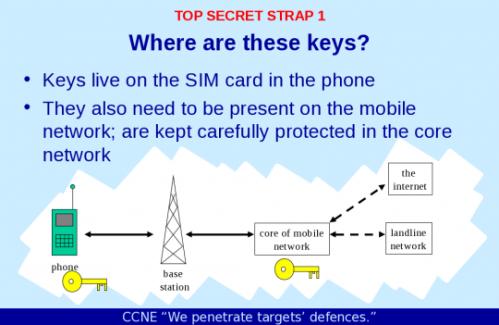Organizations being hacked is not always the result of superior adversary, but more often than not (I think the figure is closer to 85% defender mistakes vs. 15% “very skilled) the result of poor defenses. The recent Russian hacking highlights against the White House website (note that GAO rated MOST Federal agencies as failing w/ regards to their information security postures) was noted as skilled, because they used yet known vulnerabilities. This is a generous leap in conclusion.
Their sophistication is not a factor here, but they have budget to buy such vulnerabilities off the open market. These are easily available and a successful attack could be orchestrated with less than $10k. According to public sources, the very expensive vulnerabilities cost around $100k. Easily within the reach of any financed attack group.
As we enter the week of RSA, and likely a slew of discoveries that are released this week let’s be pragmatic on their impacts and the defenders role.
They’ve determined that APT28, a politically-motivated Russian hacking group, used unpatched exploits in Flash Player and Windows in a series of assaults against a “specific foreign government organization” on April 13th. Patches for both flaws are either ready or on the way, but the vulnerabilities reinforce beliefs that APT28 is very skilled — less experienced groups would use off-the-shelf code.
via Russians are using undiscovered exploits to hack governments.
See you at RSA!
James @jdeluccia





